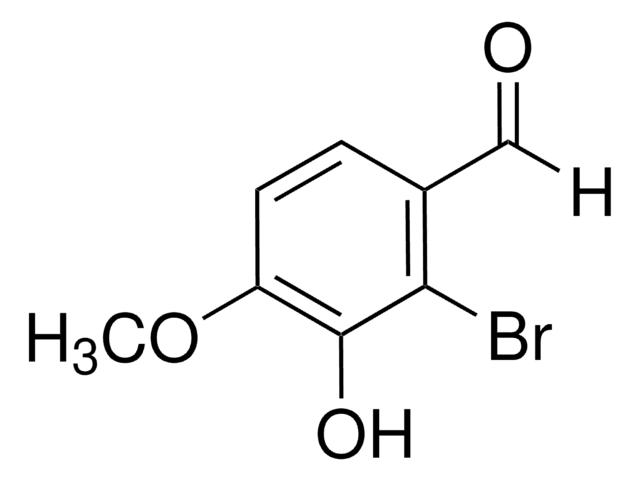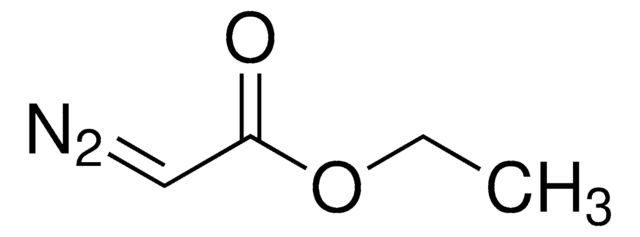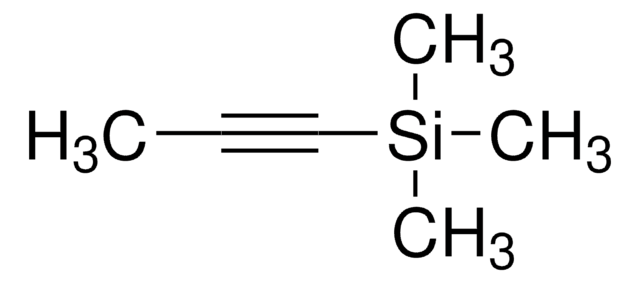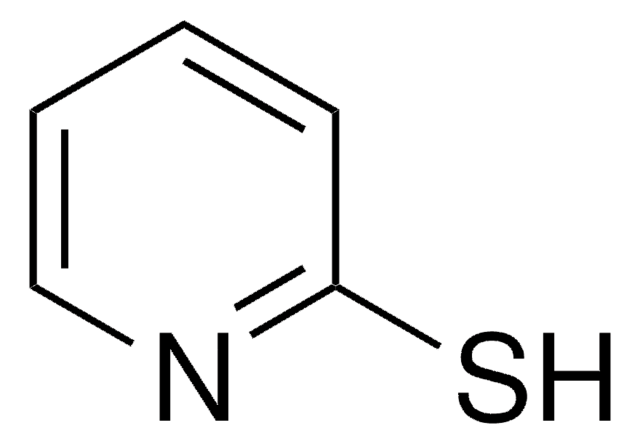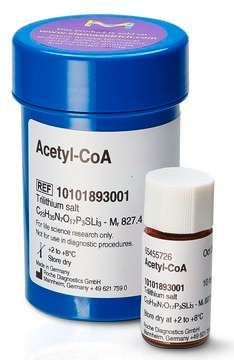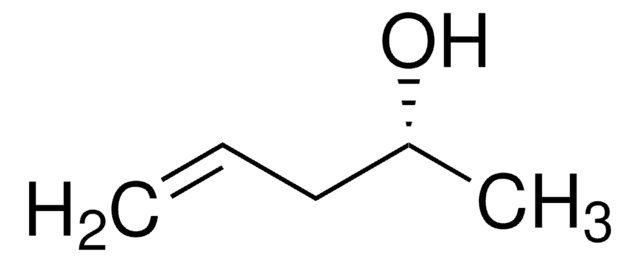ABE2939
Anti-PrimPol
Synonym(s):
DNA-directed primase/polymerase protein, hPrimpol1;Coiled-coil domain-containing protein 111
About This Item
Recommended Products
biological source
rabbit
Quality Level
antibody form
purified antibody
antibody product type
primary antibodies
clone
N/A, polyclonal
mol wt
calculated mol wt 64.41 kDa
observed mol wt ~65 kDa
purified by
affinity chromatography
species reactivity
human
packaging
antibody small pack of 100 μg
technique(s)
western blot: suitable
isotype
IgG
epitope sequence
C-terminal
Protein ID accession no.
UniProt accession no.
storage temp.
2-8°C
Gene Information
human ... PRIMPOL(201973)
General description
Specificity
Immunogen
Application
Evaluated by Western Blotting in U2OS cell lysate.
Western Blotting Analysis (WB): A 1:1,000 dilution of this antibody detected PrimPol lysate from U2OS cells, but not in cells with PrimPol knockout.
Tested applications
Fluorescence Activated Cell Sorting (FACS): A representative lot detected PrimPol in I Fluorescence Activated Cell Sorting applications (Tirman S., et al (2021). Mol Cell. 81(19); 4026-4040).
Immunocytochemistry Analysis: A representative lot detected PrimPol in Immunocytochemistry application (Tirman S., et al (2021). Mol Cell. 81(19); 4026-4040).
Note: Actual optimal working dilutions must be determined by end user as specimens, and experimental conditions may vary with the end user.
Physical form
Storage and Stability
Other Notes
Disclaimer
Not finding the right product?
Try our Product Selector Tool.
wgk_germany
WGK 1
flash_point_f
Not applicable
flash_point_c
Not applicable
Certificates of Analysis (COA)
Search for Certificates of Analysis (COA) by entering the products Lot/Batch Number. Lot and Batch Numbers can be found on a product’s label following the words ‘Lot’ or ‘Batch’.
Already Own This Product?
Find documentation for the products that you have recently purchased in the Document Library.
Our team of scientists has experience in all areas of research including Life Science, Material Science, Chemical Synthesis, Chromatography, Analytical and many others.
Contact Technical Service